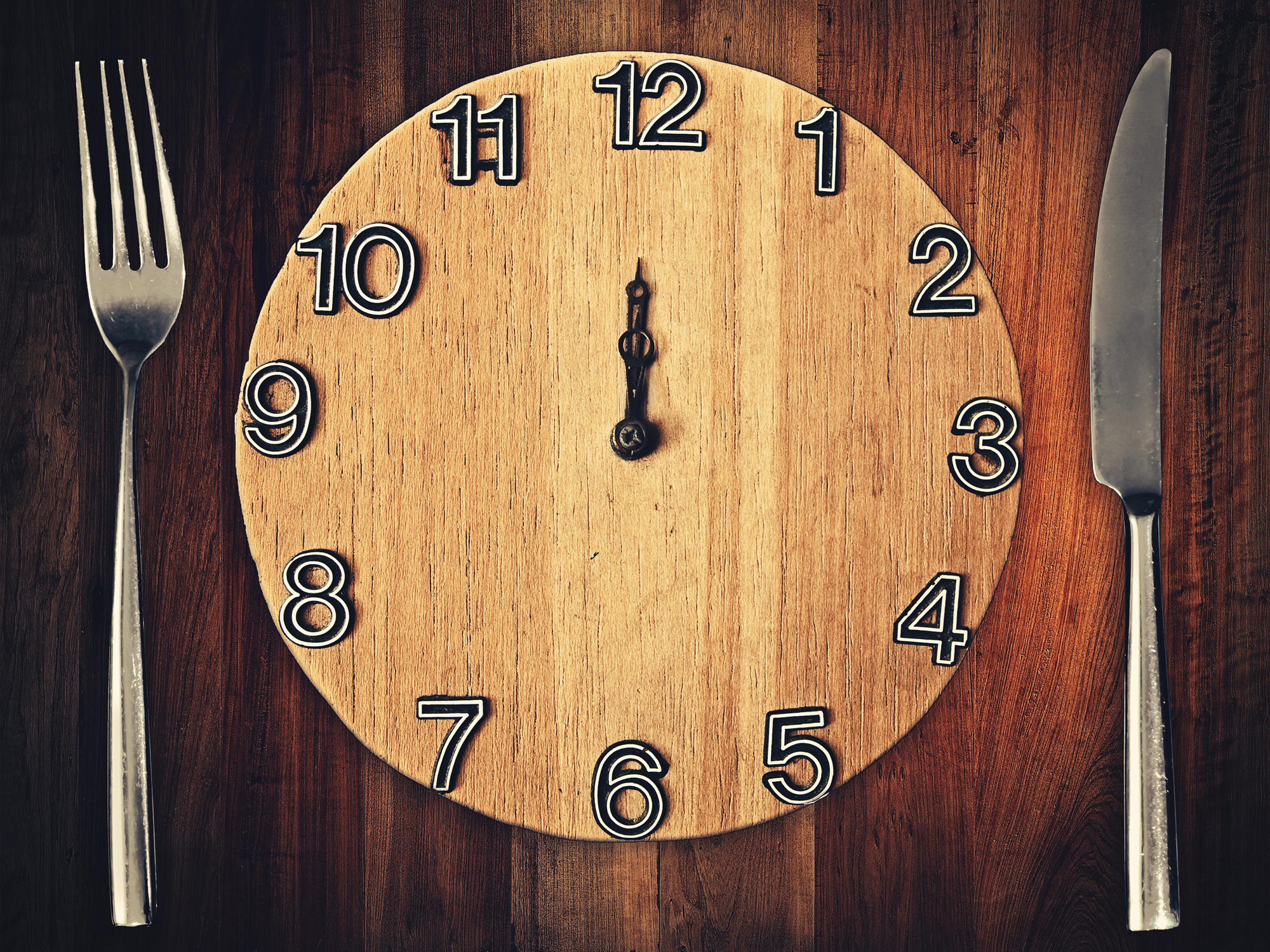Get Easy Health Digest™ in your inbox and don’t miss a thing when you subscribe today. Plus, get the free bonus report, Mother Nature’s Tips, Tricks and Remedies for Cholesterol, Blood Pressure & Blood Sugar as my way of saying welcome to the community!
The fast answer to beating type 2 diabetes

More than 29 million people in the U.S. have diabetes and another 86 million adults (more than one in three) are pre-diabetic.
And according to the CDC, 15 to 30 percent of those people with prediabetes will develop type 2 diabetes within five years without major lifestyle changes.
Even worse, the percentage of people developing diabetes has continued to rise year over year for the last 50 years thanks to our increasingly sedentary lifestyles and the low-fat food trend that upped the amount of blood sugar-elevating carbs in the American diet.
If you are one of the more than 100 million Americans who either suffers from diabetes or has blood sugar problems, changing your diet the best place to start.
Eating more vegetables, fiber and fish are all parts of the “Diabetes Diet” as well as avoiding sugar and processed foods.
While those are all good things, there is a simple dietary trick that most doctors completely neglect in helping patients avoid Type 2 diabetes…
Fasting and your blood sugar
Fasting is reducing or completely eliminating the consumption of food or drink for a certain amount of time.
Studies have shown fasting may improve pancreatic function, improve your insulin levels and your insulin sensitivity, enhance metabolism and weight loss, improve body composition and prevent and even reverse type 2 diabetes.
There are a number of ways to achieve the blood sugar control benefits delivered by fasting and you can choose the method that works best for you…
#1 – Alternating days
In this model of intermittent fasting, you alternate days of normal calorie consumption with days of restricted calories (less than 600 calories). For example, Monday, Wednesday and Friday you would eat normally while Tuesday, Thursday, and Saturday you would eat less than 600 calories.
#2 – 5:2 Method
This method is a little easier for most people since it doesn’t require as many days of calorie restriction as the method above.
Here you would only have two fasting days per week of less than 600 calories and the other days would be normal calorie days. For example, Tuesday and Thursday would be days you would stay under the 600 calorie limit while the rest of the week you would eat a normal amount of calories.
#3 – 16 hour fast
If you’re looking for something even easier, this method of fasting could be the one for you.
With it, you restrict yourself to eating each day to an 8 hour window and the other 16 hours count as your fast. For example, you could skip breakfast and only eat between the hours of 11 am to 7 pm or skip dinner and only eat between the hours of 9 am to 3 pm. So, basically it’s a 16 hour fast (and you’ll sleep for about half of that) followed by an 8 hour feeding period.
While intermittent fasting has amazing health benefits, there are some cautions…
If you already take insulin or sulfonylurea or glinide drugs to control your blood glucose or you’re on beta blockers talk to your doctor before trying fasting to reverse your diabetes.
It’s also not a good idea to fast if you’re pregnant or breastfeeding or if you suffer from problems with low blood sugar.
Intermittent fasting could be the answer to avoiding type 2 Diabetes if you’re on that path. On fasting days, your body will be forced to use stored fat and sugar, which can help with weight loss and improve your blood glucose and even your cholesterol levels. So, if you’re ready to get started, choose the method above that works best for you and try the fast answer to type 2 Diabetes.
Editor’s note: Are you feeling unusually tired? You may think this is normal aging, but the problem could be your master hormone. When it’s not working, your risk of age-related diseases skyrockets. To reset what many call “the trigger for all disease” and live better, longer, click here to discover The Insulin Factor: How to Repair Your Body’s Master Controller and Conquer Chronic Disease!
Sources:
- Diabetes Latest — Centers for Disease Control and Prevention
- Long-term Trends in Diabetes — Centers for Disease Control and Prevention
- Diabetes diet: Create your healthy-eating plan — Mayo Clinic
- Harvie MN, Pegington M, Mattson MP. The effects of intermittent or continuous energy restriction on weight loss and metabolic disease risk markers: a randomized trial in young overweight women. — Int J Obes. 2011; 35;714-27.
- Karbowska J, Kochan Z. Intermittent fasting up-regulates Fsp27/Cidec gene expression in white adipose tissue. — Nutrition. 2012; 28: 294-9.
- BaHammam A, Alrajeh M, Albabtain M. Circadian pattern of sleep, energy expenditure, and body temperature of young healthy men during the intermittent fasting of Ramadan.
- Perreault L, Pan Q, Mather KJ, . Effect of regression from prediabetes to normal glucose regulation on long-term reduction in diabetes risk: results from the Diabetes Prevention Program Outcomes Study. — Lancet 2012; 379: 2243-51.
- Tuomilehto J, Lindstrom J, Eriksson JG. Prevention of type 2 diabetes mellitus by changes in lifestyle among subjects with impaired glucose tolerance. — New Engl J Med. 2001; 344: 1343-50.
- Intermittent Fasting: Not So Fast — Diabetes Self-Management













